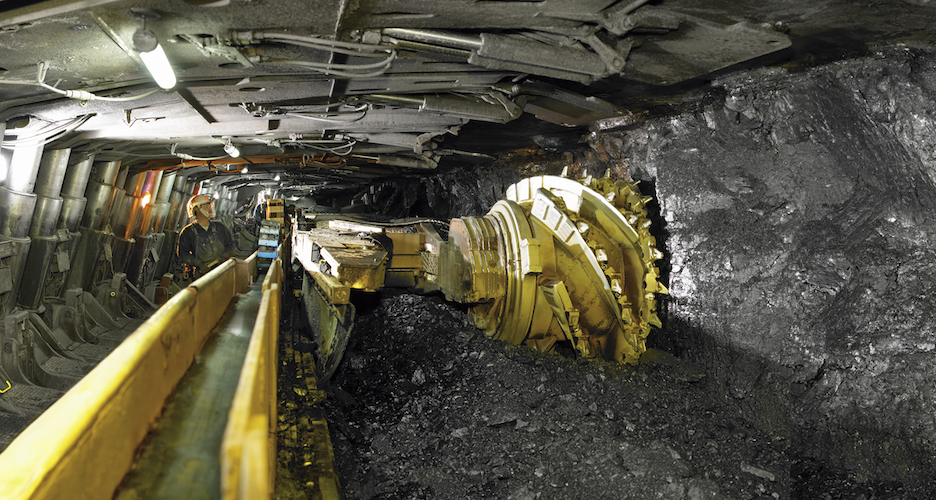The Danger Of Removing All Buttons, Knobs, & Levers


In a recent article, our head honcho shared a rumor about the Model 3 and Model Y, and the coming demise of the gear shifting stalk, turn signal stalk, and other manual controls. Tesla already did this with the more limited production Model S and X vehicles along with moving to a yoke steering wheel, and this move has generated a lot of controversy.
Replacing the gear selector is a new system that determines what gear you’re likely to need using a neural network, freeing the driver under most circumstances from needing to select gears at all. But, when things go wrong, there are still some capacitive buttons (flush buttons that you can’t feel or “click) or controls on the touch screen to override and choose forward or reverse to get out of a bind.
Zach had this to say:
“I’m concerned that the car would not have the right idea of which direction to go in, and that once you get used to not using the stalk, you won’t pay attention and notice which direction the car wants to go in. On the other hand, if you’re paying attention every time, that seems like more mental work than instinctively using the stalk and relying on muscle memory. BUT … this change is already in play for thousands of Tesla Model S drivers and I haven’t seen any complaints, so I assume my concerns are little more than fear of change.”
In this article, I want to share my concerns about this system and explain that in rare circumstances, a human driver would have a lot of difficulty operating this system quickly enough to stay out of danger.
One Scenario From My Childhood
Once, when riding in the back of may parents’ van, we came to a rather sudden stop on the freeway. All of us were pushed into our seatbelts as my dad jammed the brakes to not collide with people in front of him who had jammed on their brakes. Someone several cars up who wasn’t paying much attention didn’t see a disabled car in the traffic lane as early as they should have, and started this chain reaction of cars braking behind him. The truck in front of us smacked into the car in front of them with great force, throwing glass everywhere and making a terrible noise.
My did, who wasn’t tailgating like everyone else in El Paso, had time to stop and not hit anybody, and didn’t have to stop so hard that the person behind us didn’t have a chance to stop. But, the people behind them all started piling up. BANG! BANG! BANG! BANG!
My dad caught a glimpse of a semi truck further back that looked like it didn’t have time, either, and he knew he had to get out of the line of damage. So, he quickly put the car in reverse, backed up a few feet to make room in front of him, and then put it in D to get the hell out of there.
Just a split second after he got the van out of the traffic lane, the whole line of cars that were behind us were all pushed forward by 40 tons of cargo and truck that hit the rear car. More glass broke, more metal crunched, and several more large bangs were heard. The space where the van had just been quickly closed as the semi-truck jammed all of the cars into a pile of broken cars and injured people.
My dad was visibly shaken, like anybody would be in this circumstance. And by shaken, I don’t mean sort of scared. I mean he was literally shaking and then had to take a break from driving as the adrenaline wore off and left him feeling awful.
To this day, I still fight with people over the space around the shifter. My wife likes to put snacks and tissue boxes nearby on road trips, and I don’t let her do it because you never know when you’ll need to shift in a hurry to get out of trouble, just like my dad did.
Is this a rare situation? Sure it is. But, over the course of millions of people driving billions of miles, this situation and others like it will happen at least a few times, and people need to be ready to take action quickly to keep themselves and their families out of harm’s way.
The Problem: Touchscreens Kind Of Suck
I know Tesla fans think a touchscreen can do anything, but the real question is whether a touchscreen can do things well. The answer is a clear “No.”
A recent study in Sweden pitted late-model touch-screen equipped cars against a 17-year-old Volvo to see how long it took for drivers to perform a task. The cars all went a steady 68 miles per hour, and researchers recorded how much time and distance each car went while drivers tried to perform basic tasks like changing songs or adjusting climate controls.
The results should shock anybody who thinks a touchscreen or capacitive buttons is a good place to put safety-critical automotive controls. The best performing car was always the Volvo, and it only traveled 300 meters during the time it took to perform the task. The worst performing cars were up to a kilometer behind the button-infested old Volvo.
These People Weren’t Under Stress
The people in that test weren’t worried for their lives. They were going down a straight road, performing a non-critical task, and weren’t looking at a semi-truck bearing down on them threatening to smash their family into oblivion.
When under stress, humans don’t perform small, intricate tasks well. These tasks, called fine motor skills, aren’t a priority when our caveman brains encounter danger. Instead, our bodies prioritize caveman-style survival when faced with a deadly threat. And, because we didn’t evolve to manipulate touchscreens when fighting other cavemen or spearing a big cat, our bodies turn off higher brain functions and redirect our energy toward “gross motor skills” like bringing the club down on that guy from the next valley trying to steal our meat and starve us to death.
Police officers, who have to pass a shooting test once or twice a year, turn into novices when the proverbial fecal matter comes in contact with the ventilation device, and 80% or more of their shots miss their target. After these encounters, their memory and speech is screwed up, and they can’t even write their own names.
The only thing that’s left under this kind of stress are “gross motor skills,” or things you can do with your whole hand instead of working with one or two fingers making small movements. Stalks, floor shifters, and manual transmissions don’t require fine motor skills, so they can still be operated under life-flashing-before-your-eyes stress.
If you think you’ll be able to work a touchscreen or touch some flat non-reactive capacitive buttons under that kind of stress, you’re either not very self-aware or you’re not human.
To be fair, these situations are rare, and some people will never encounter one. But, the few unlucky people who do get in that kind of a jam aren’t going to get out of it. An unlucky few will probably die what should have been an unavoidable death.
In the future, when Tesla aces self-driving cars, that would be a great time to get rid of stalks and wheels, moving all controls to voice control or touch screens. Selecting a destination doesn’t require fine motor skills under stress. But, Tesla’s system had better be a lot better than Johnny Cab.
[embedded content]Featured image provided by Tesla.
Appreciate CleanTechnica’s originality and cleantech news coverage? Consider becoming a CleanTechnica Member, Supporter, Technician, or Ambassador — or a patron on Patreon.
Don’t want to miss a cleantech story? Sign up for daily news updates from CleanTechnica on email. Or follow us on Google News!
Have a tip for CleanTechnica, want to advertise, or want to suggest a guest for our CleanTech Talk podcast? Contact us here.
Advertisement
This post has been syndicated from a third-party source. View the original article here.




